
Review on 📶 MakerFocus 2pcs ESP8266 NodeMCU LUA CP2102 ESP-12E Internet WiFi Development Board - Serial Wireless Module - Internet for Arduino IDE/Micropython - Includes Free Adapter Board for ESP8266 ESP-01 and nRF24L01+ by Jessica Ness

Finally deserved!
This product is seriously lacking in documentation. After a few days of fiddling, I finally got it working using the Arduino environment. To help those who are having trouble, here are the steps required to get working with the Arduino programming environment. 1) Download the latest version of the Arduino environment (use google). I'm using 1.8.3 on Windows 7.2) Follow the instructions on sparkfun to install 8266 in an Arduino environment. Google "sparkfun install 8266 guide" and it should be the top link. 3) You must also have the Silicon Labs CP210x USB to UART Bridge driver installed (probably requires a reboot). It is available for most major operating systems. Use Google to find the driver. Make sure (on Windows) that your device manager lists this driver in the PORTS portion of the tree. Next to it is also your COM port for your ESP8266. If it doesn't show up, nothing else will work. 4) Now you need to set up your board in the "Tools" menu. Everything after that is in the Tools menu in the Arduino environment. Set Board -> Generic ESP8266 ModuleSet Flash Mode -> DOUTLeave Upload Speed -> 1152006) Hold down the Flash button on the board while uploading code from the Arduino environment. I suggest the back of the pencil as you will be holding it for a while. 7) Click "Reset" on the circuit board to start the program. Here is an example of a blinking program that I know works and the blue LED on the board is blinking. One last tip: the labels for the pins on the bottom of the board are correct, but strangely the top of the board isn't shown correctly (maybe I don't understand why D0 should equal GPIO16). So GPIO0 at the bottom is activated by a digital entry (0, HIGH) in the code. PIN, HIGH); delay(1000); digital input (PIN, LOW); delay(1000);}
- Satisfied so far
- Don't know
New products
Comments (0)
Top products in 🖥️. Single Board Computers

55" TV LG OLED55C2RLA 2022 HDR, OLED, dark titanium

38 Review
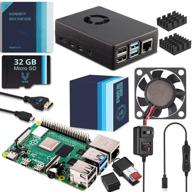
Vilros Raspberry Pi 4 4GB Complete Starter Kit - Black Fan-Cooled Aluminum Case for Heavy-Duty Performance

12 Review
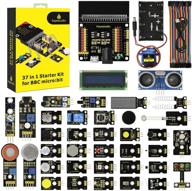
🎁 Ultimate BBC Micro bit Sensor Starter Kit: Keyestudio 37-in-1 Box with Tutorial, Compatible with V1.5 & V2, Gift for Kids and Adults (Microbit Board Not Included)

11 Review
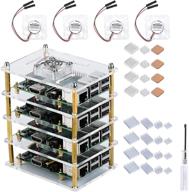
GeeekPi Raspberry Pi Cluster Case with Cooling Fan and Heatsink for Pi 4 Model B, 3 Model B+ & 3/2 Model B

11 Review
Another interesting products
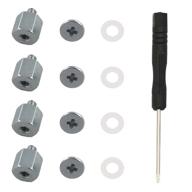
M.2 Screw Kit: Easy Mounting for NVMe SSDs on ASUS Motherboards

19 Review
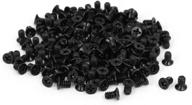
uxcell 3.5" HDD Screw Black 200pcs for Computer PC Case - Flat Phillips Head - 6#-32 - Hard Drive Fasteners

10 Review

MacBook Retina 13-inch (A1425, A1502) and 🔩 15-inch (A1398) Bottom Case Screw Set with Pentalobe Screwdriver

11 Review
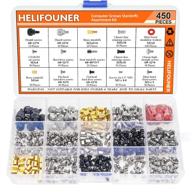
🖥️ Helifouner 450-Piece Computer Standoffs Spacer Screws Kit: Ideal for Hard Drive, Motherboard, Fan, Power Graphics & Computer Cases

10 Review

